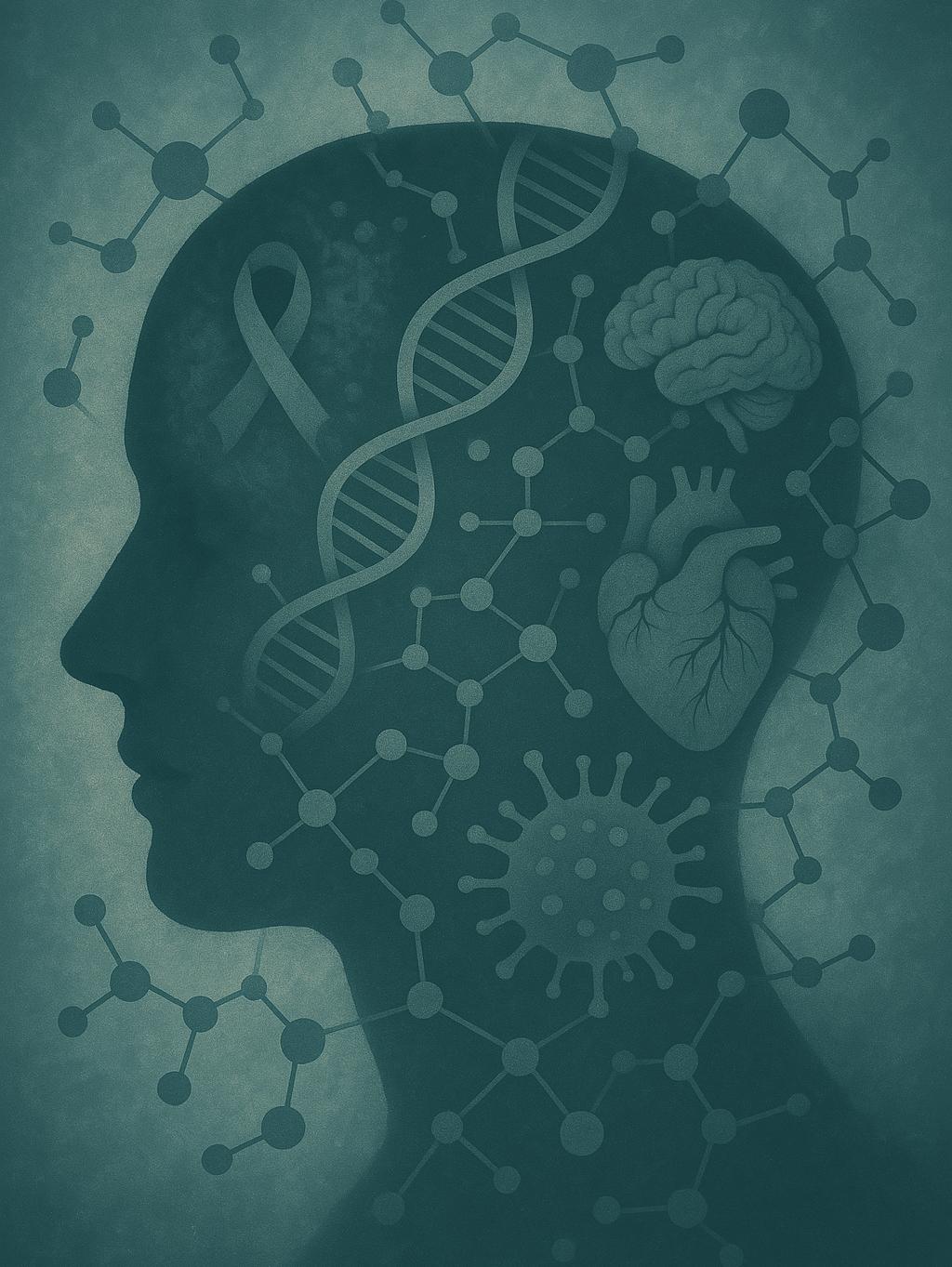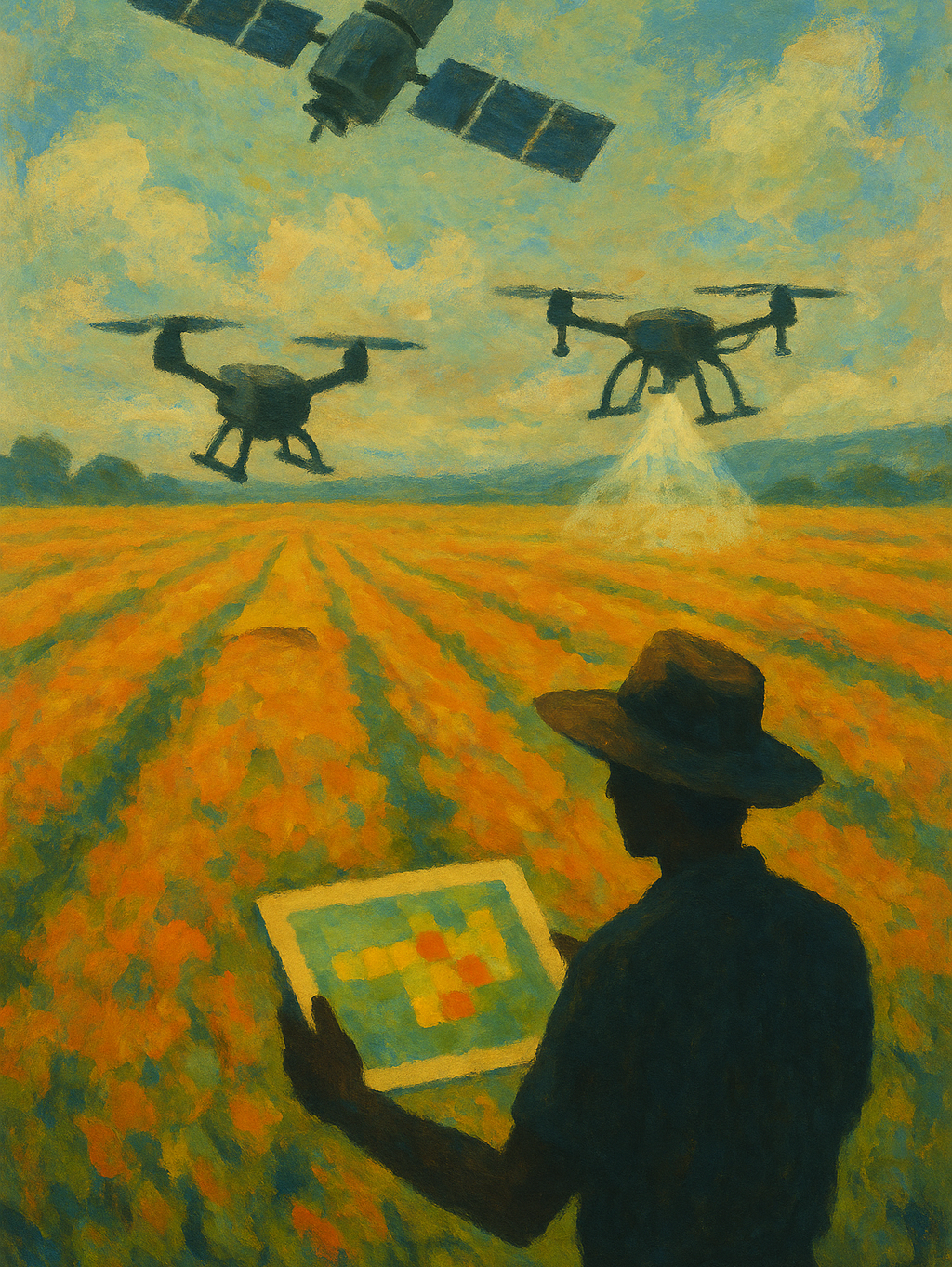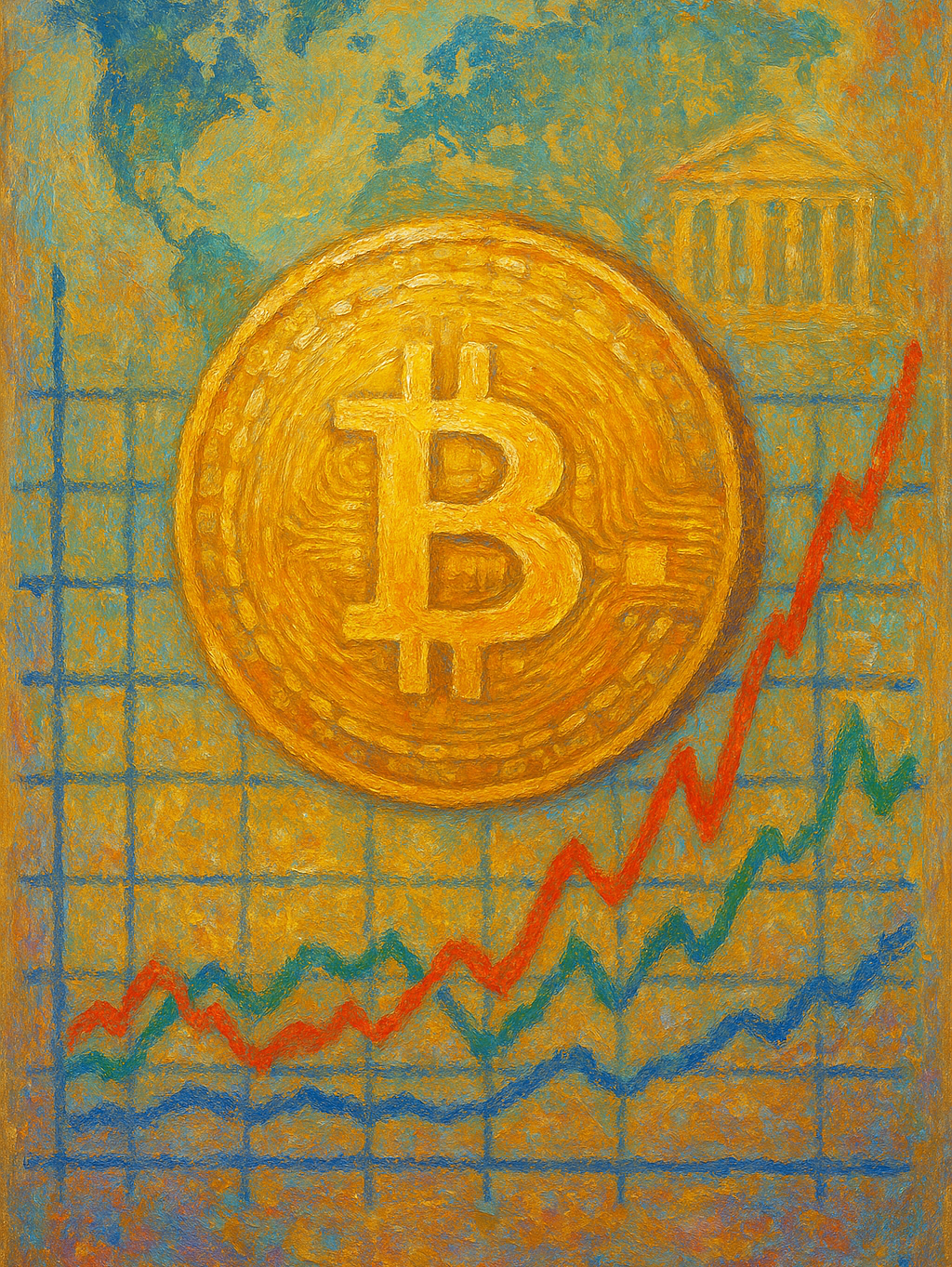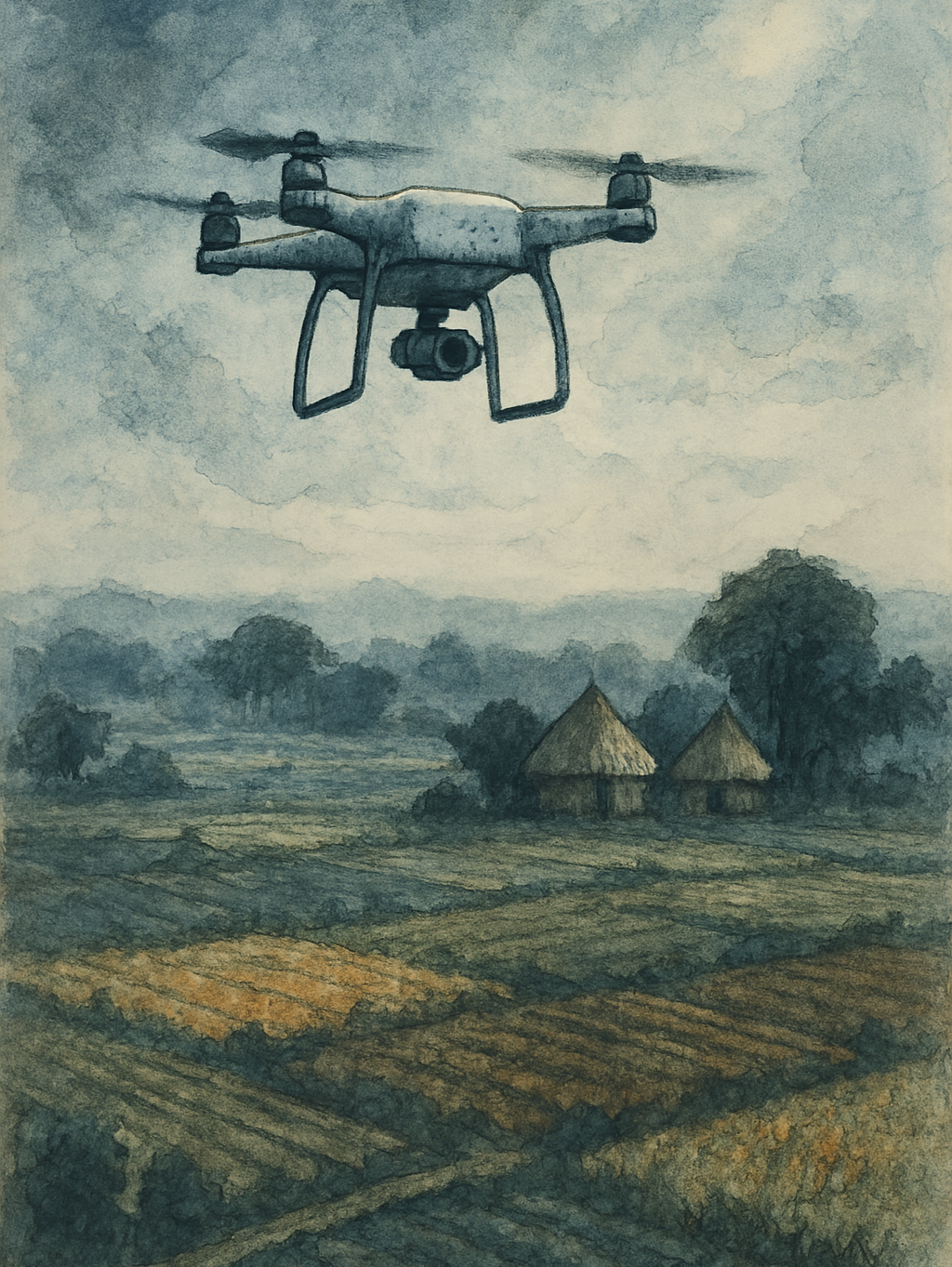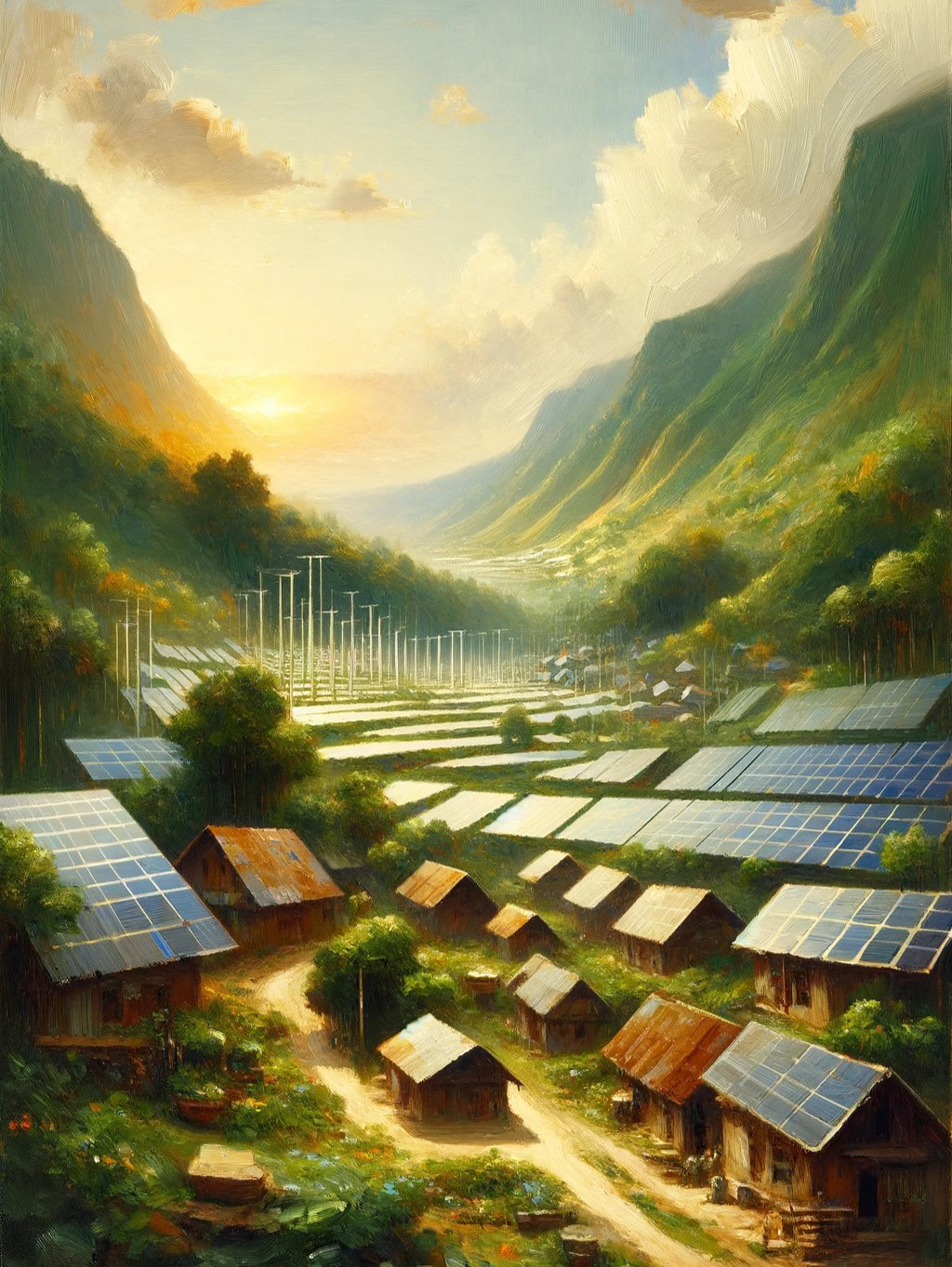📌 TL;DR Summary
Water scarcity is not about the Earth running out of water—it’s about access, equity, and management. While the total volume of global water remains essentially constant due to the hydrological cycle, usable freshwater is scarce, unevenly distributed, and increasingly strained by overconsumption, pollution, climate change, and poor infrastructure. This report dismantles the myth of absolute scarcity and reframes the crisis as one of governance, technology, and political will. With smart management and scalable solutions, a secure water future is still within reach.
🔑 Key Components & Findings:
🌍 Freshwater Availability
Only 2.5% of Earth’s water is freshwater, and the vast majority of it is locked in glaciers or deep underground.
The water we rely on—rivers, lakes, accessible aquifers—makes up less than 0.01% of Earth’s total water.
💧 Causes of Water Scarcity
Overconsumption & Population Growth: Global water use has tripled in 50 years, outpacing population growth.
Inefficient Agriculture: Uses ~70% of freshwater globally, often with high losses due to outdated irrigation.
Climate Change: Intensifies droughts, floods, evaporation, and disrupts glacier-fed water systems.
Pollution: Water may be abundant but undrinkable due to industrial and agricultural contamination.
Poor Infrastructure & Governance: Many regions have water but lack the systems to access or distribute it.
📍 Regional Water Stress
Middle East & North Africa: 83% of the population lives under extreme water stress.
Sub-Saharan Africa: Water is available but inaccessible due to infrastructure gaps.
South Asia: Overdrawn aquifers, polluted rivers, and shared water tensions.
Western U.S.: Overallocated rivers (e.g., Colorado), shrinking reservoirs, long-term drought.
⚠️ Consequences of Scarcity
Ecological collapse in freshwater ecosystems.
Economic disruption in food, energy, and industry.
Geopolitical conflict over shared water sources.
Public health crises linked to hygiene and waterborne diseases.
🛠 Solutions and Innovations
Integrated Water Resource Management (IWRM)
Water conservation and efficiency upgrades in cities and farms.
Wastewater recycling (e.g., Singapore’s NEWater).
Desalination powered by renewables.
Rainwater harvesting & aquifer recharge
Smart water tech: IoT meters, leak detection, AI forecasting.
Policy reform, water pricing, and equity-driven governance.
Nature-based solutions like watershed restoration.
Community empowerment and international cooperation.
🗣 The Narrative Shift
We’re not “running out of water” globally—we’re mismanaging and misallocating it.
The real crisis is distributional, political, and infrastructural, not one of absolute scarcity.
Alarmist headlines often oversimplify, but they do serve as wake-up calls for action.
🧠 The TVS Edge
What sets this report apart is its refusal to buy into oversimplified doom narratives. Instead, it delivers a precise, systems-level diagnosis of global water stress—identifying the real bottlenecks: inefficient irrigation, neglected infrastructure, weak governance, and policy blind spots. TVS reframes the issue not as an inevitable collapse, but as a fixable crisis of planning, equity, and innovation. It draws from both high-level science (NASA, UN) and grassroots ingenuity (local harvesting, decentralized reuse) to show that the future of water is not just about scarcity—it’s about choice.


